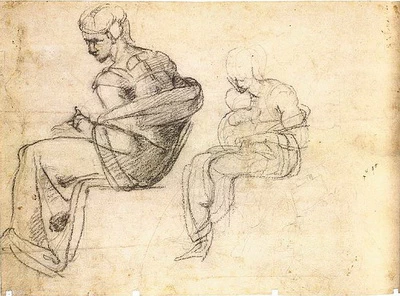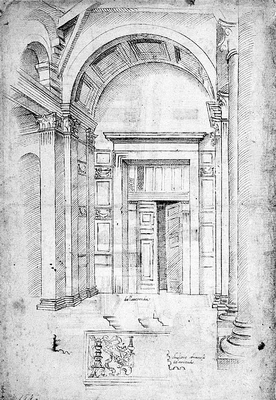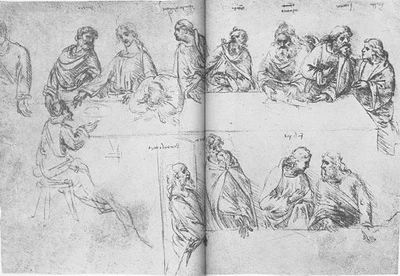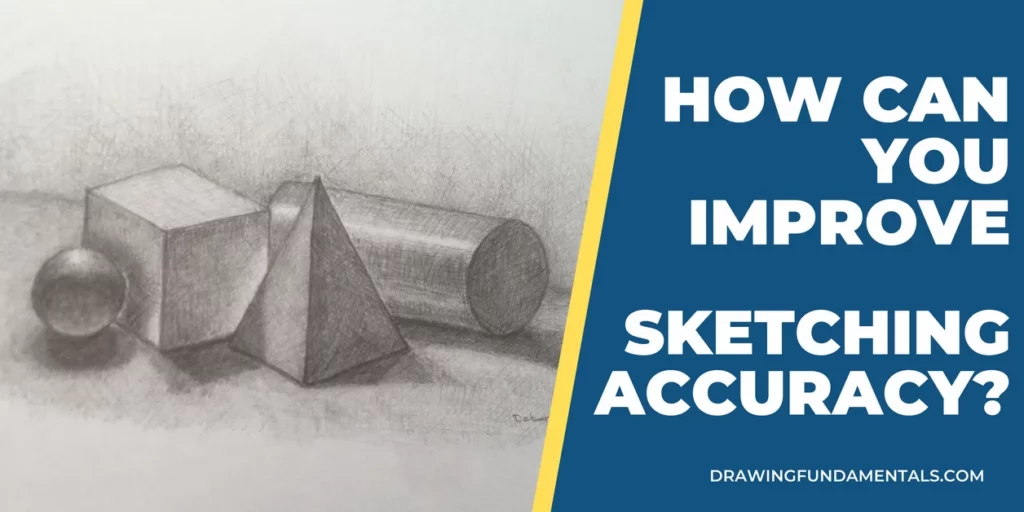I know from experience how frustrating it can be when you cannot accurately sketch the desired object, landscape, or person.
The good news is that sketching is a skill that can be learned and developed. Below are some practices you can use to improve your freehand drawing precision.
The primary purpose of this post is to guide you on improving of freehand sketching skills. However, the process is quite similar when using digital drawing tools. Moreover, new creative possibilities open up by combining freehand and digital drawing techniques.
The following ideas and methods can help you improve sketching accuracy: 1. Don't be afraid to make mistakes and don't get discouraged if your sketch doesn't turn out perfectly. 2. Practice sketching consistently and persistently. 3. In the initial stages of learning, use a simple graphite pencil or fine liner for sketching. 4. Learn to use linear perspective. 5. Use construction lines such as axes or tangents. 6. Start the sketch with the larger and more important objects, leave the details for the end. 7. Pay attention to the accuracy of the proportions 8. Learn from the works of artists you respect.
Once you learn the basics and practice regularly, you will be able to sketch naturally and accurately, without having to think through every step as you work.
1. Don’t be afraid to make mistakes
It is important not to stress if your sketch is inaccurate, don’t be afraid to make mistakes. If you are not satisfied with the finished work, that’s fine, you can make new ones anytime.
Mistakes are not necessarily bad if we can learn from them. It’s worth keeping the old drawings, and when you look them up over time, you’ll be able to see how much progress you’ve made.
It is difficult to see our own mistakes during sketching and drawing. However, there are some methods you can use to check the accuracy of a drawing. The first method is to look at the sketch using a mirror.
The second method is to put aside the sketch for a few days and then look at it again. This will help you look at your work with fresh eyes and more objectively detect possible inaccuracies.

2. Draw regularly and consistently
Regularity and consistency are important in the learning process, it is best if you can dedicate time to drawing every day.
You can improve a lot by drawing for just 30 minutes a day. If you draw half an hour a day, that adds up to 15 hours a month, or 180 hours a year. The more you practice, the better your hand-eye coordination will be, and your sketching accuracy will improve.
3. Choose the most suitable drawing tools for sketching
Hardcover sketchbooks are good because you can take them with you so that you can sketch the subject that interests you for some reason, anywhere and anytime.
HB hardness is the most suitable for sketching with graphite pencils. Fine liners are good because they cannot be erased, which will force you to be decisive and work more precisely.
The monochrome drawing technique, which uses only one color, is the best and most effective at the beginning of the learning process.
It is easier to spot mistakes on black-and-white drawings than if you use various colors. Later on, when you learn accuracy in sketching, it can be interesting to make sketches with pastels or watercolors.
4. Learn the principles of linear perspective
The accuracy of your sketches will be greatly improved if you represent the objects in space correctly. And this requires knowledge of the principles of perspective.
Linear perspective is a method of representing three-dimensional objects on a flat surface.
The essence of linear perspective is that lines that are parallel in reality converge at one or more vanishing points in the distance. As objects move away from the viewer, they gradually appear smaller.
We can use three types of linear perspective in our sketches. For smaller objects, we mostly use one- and two-point perspective. If, on the other hand, we want to depict great height or depth, we must use a three-point perspective.
In the image below, you can see how Raphael used a two-point perspective in his sketch of the entrance to the Pantheon.

I have previously written an article about the application of perspective in drawing.
5. Use construction lines when sketching
In many cases, not all parts of the objects are visible from a given point of view. Drawing the lines that are not visible in reality from your current point of view will help you draw the selected objects accurately. That is if you draw the objects as if they were made entirely of glass and were transparent.
Use guides such as axis lines, diagonals, and tangents when sketching. These guides can be a permanent part of your sketches, you don’t have to feel like you have to erase them.
6. Start the sketch with the largest shapes
When creating your sketch, always start with the larger shapes and gradually work your way to the smaller details. This is important in achieving accuracy.
If you start with the small shapes that turn out inaccurately, the larger shapes will not be accurate either.
If, on the other hand, you start the sketch with the larger, more important shapes, the drawing will be interpretable even if some smaller details are missing.
7. Pay attention to the proportions
When sketching, it is worth paying attention to the proportions, in other words, the correct relationship between the sizes of the objects and their parts.
You can use your pencil or a thin stick to determine and compare directions, angles, and sizes. With practice, you can develop the ability to judge and accurately depict the proportions and dimensions of objects by eye.

8. Learn from other artists’ works
Study the works of famous artists such as painters and architects and learn from them. By analyzing the works of artists you admire, you can see how they solved the problems and challenges they faced.
With this exercise, you can speed up the learning process because you don’t have to figure everything out on your own. Those before you have probably already developed the best solutions. By studying and copying the works of successful artists, you can also judge what level you are at and what is achievable with practice.
Final thoughts
Sketching is an important part of the work of visual artists, architects, and designers, but it can also be interesting just as a hobby.
The good news is that there are ways to improve your drawing skills. The most important thing is to learn the basic principles of sketching and drawing, and then practice persistently and consistently.
All new skills take time and practice to develop. This also applies to sketching, whether you do it freehand or with digital tools. While on the subject, you may also wish to read my article on drawing tips for beginners.

Debora
My name is Debora, and I’m the founder of Drawing Fundamentals. I work as a civil engineering technician. I acquired the basic knowledge necessary for freehand and technical drawing during my school training, further developing and perfecting these skills throughout my years in the profession. Through my blog, I aim to assist anyone interested in learning to draw.

